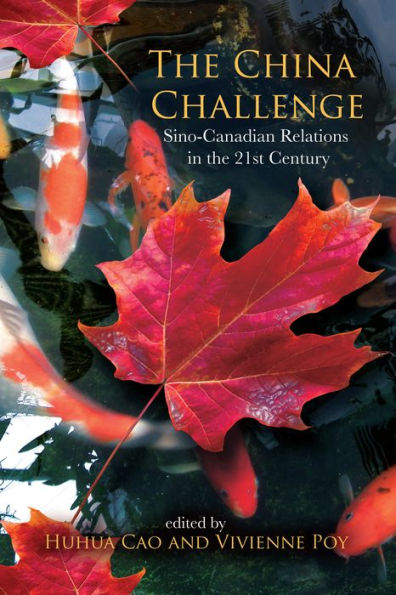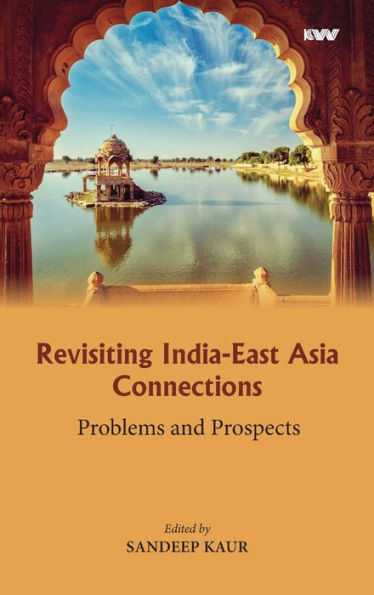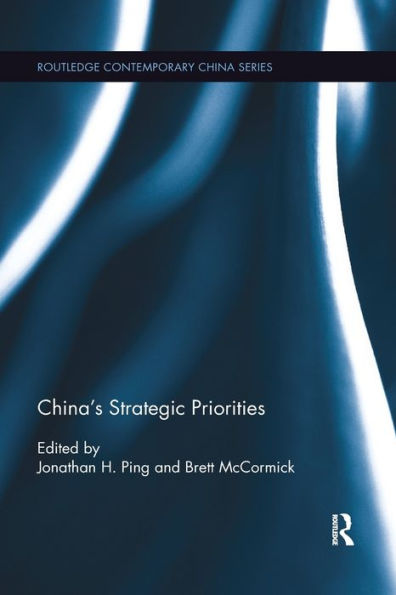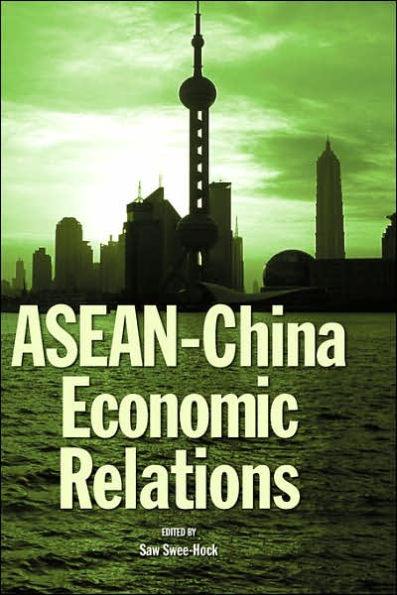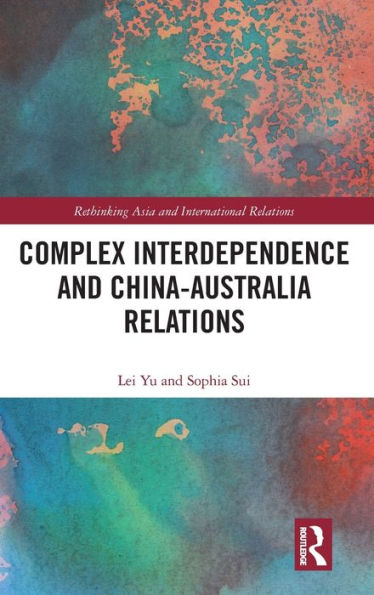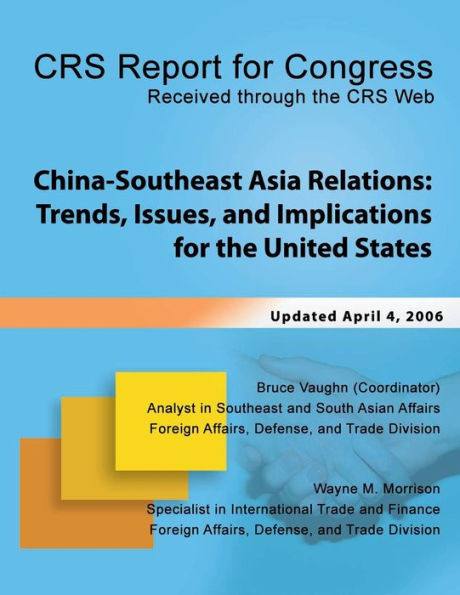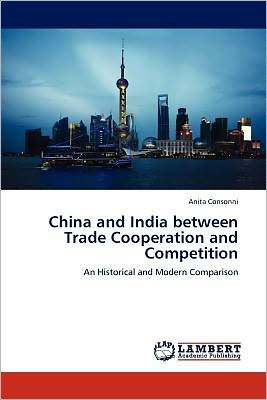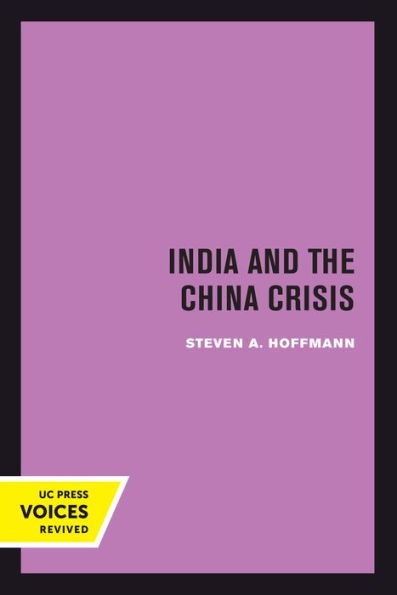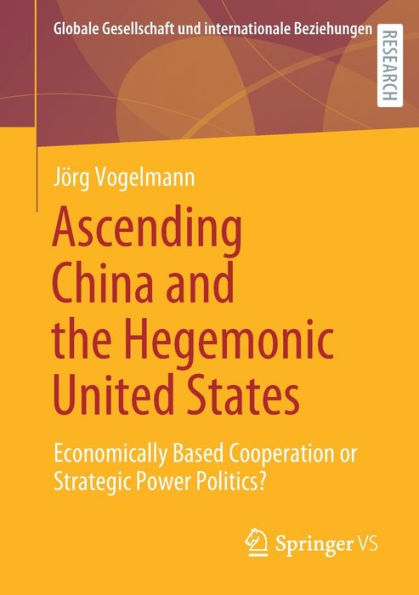
Home
India-China Relations and the Re-construction of Strategic Partnerships
Barnes and Noble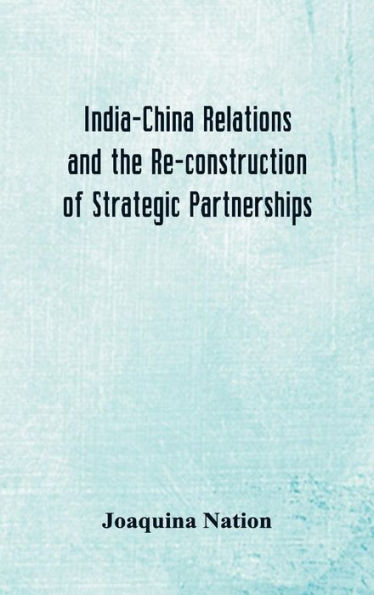

India-China Relations and the Re-construction of Strategic Partnerships
Current price: $50.00


Barnes and Noble
India-China Relations and the Re-construction of Strategic Partnerships
Current price: $50.00
Loading Inventory...
Size: OS
Loading Inventory...
Chinese perspectives are already being made available in India in a similar manner. The writer feels that put together, such exchanges will facilitate creation of a better mutual understanding between the two sides, impacting favourably on the overall India-China relationship. China’s understanding of Indian perspectives on the boundary issue will remain incomplete if it does not take into account the traditional doubts prevailing in India on China having been territorially ambitious. Examples being quoted in India in this regard include Mao’s description of China’s ‘palm’ (Tibet) and ‘five fingers’ (Nepal, Sikkim, Bhutan, NEFA and Ladakh); references are also being made in India to the PRC’s sense of ‘historical loss’ of territories expressed through their maps and atlas series, published in eighties. Such maps had even been seen claiming that India’s Assam, even Andamans, were ‘historically’ parts of China. Bilateral relations between India and the People’s Republic of China (PRC) have indeed come a long way after they touched their nadir in the immediate aftermath of India’s nuclear tests in May 1998. China had been singled out as the “number one” security threat for India by India’s Defence Minister just before the nuclear tests. After the tests, the Indian Prime Minister wrote to the US President justifying Indian nuclear tests as a response to the threat posed by China. Unsurprisingly, China reacted strongly and diplomatic relations between the two countries plummeted to an all time low. Clearly, the simultaneous rise of India and China unfolding on the global stage hold the key to an emerging Asian century. With so much at stake in building a harmonious partnership, India and China are now banking on culture and creativity to act as connectors between people of the two countries. As the book addresses this crucial issue quite deftly, it is hoped that it would prove to be a source of great information for the reader.

